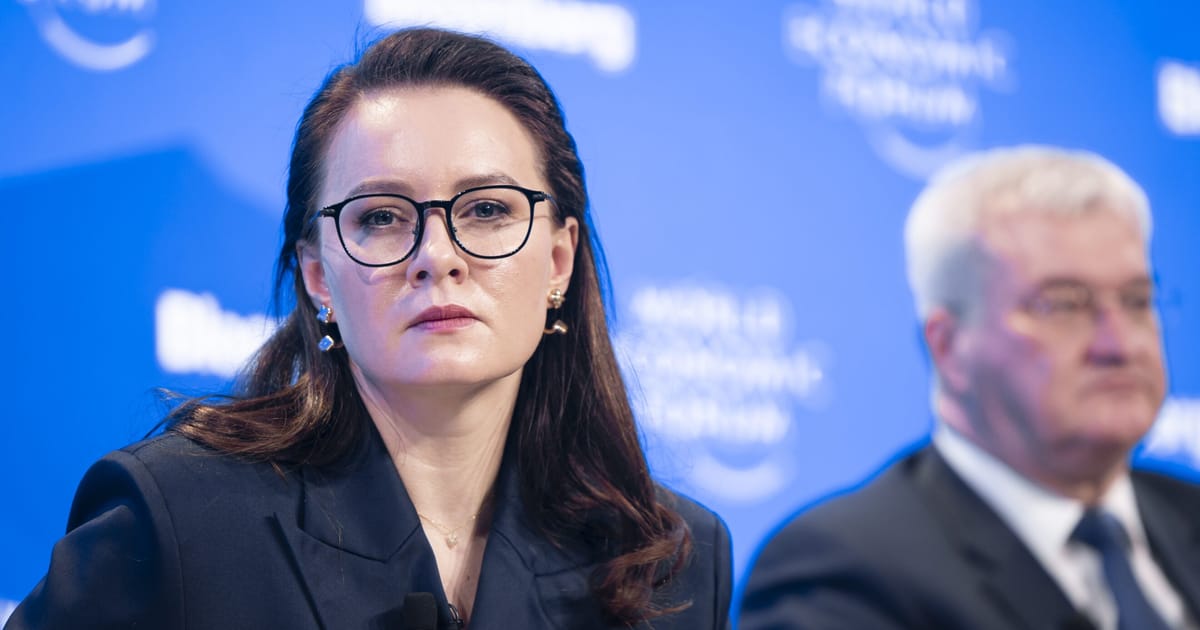

This week has seen a variety of significant political and diplomatic movements worldwide, offering a glimpse of cautious optimism in several areas. From a major government reshuffle in Ukraine to diplomatic engagements regarding Iran’s nuclear program, these developments highlight the intricate dance of international politics.
In Ukraine, President Volodymyr Zelenskyy has initiated a major government reshuffle by appointing Yuliia Svyrydenko, the current Deputy Prime Minister, as the new Prime Minister. This decision marks a critical moment in Ukraine’s political landscape, showcasing Zelenskyy’s commitment to steadying the nation’s governance amidst challenging times. Svyrydenko has been a key ally within the current administration, and her new role is expected to bring fresh momentum to Ukraine’s government policies.
Meanwhile, on the international stage, the European Union is seeking to bolster coordination within the G7, particularly in response to recent tariff threats from former President Donald Trump. By working more closely with Canada and Japan, the EU aims to present a unified front against potential trade disruptions, emphasizing the importance of solidarity among these nations in maintaining stable international trade relations.
In a separate development, Australia is navigating its own complex foreign policies. Prime Minister Anthony Albanese has clearly stated that Australia will not commit to joining a hypothetical conflict between the US and China over Taiwan. This stance reflects Australia’s desire to maintain peace and security in the Indo-Pacific region while balancing strategic alliances, notably with the US, without being drawn into advance military commitments.
Simultaneously, efforts towards peace and security are ongoing in Ukraine, where recent talks with a US envoy have been labeled as “productive.” These discussions covered critical topics such as potential ceasefire agreements, joint drone production, and the strengthening of air defenses. These talks underscore the ongoing collaboration between Ukraine and its international partners as they navigate the complexities of regional security dynamics.
In another intriguing meeting, representatives of Prince Harry and King Charles III held a “peace summit” in a private London club. This dialogue marks a notable attempt to bridge personal and public gaps between family members who have not met in person for over a year and a half. Such personal reconciliations often reflect broader themes of diplomacy and relationship building present in political arenas.
As worldwide diplomatic efforts continue, Iran has also expressed openness to future meetings with the United States regarding its nuclear program, although no date has been set for these talks. This potential thawing of relations could lead to constructive discussions that may pave the way for de-escalation and renewed negotiations, reflecting a cautious hope for stability in the region.
This week’s developments, marked by a blend of political appointments, strategic discussions, and potential diplomatic negotiations, highlight a global landscape in which countries are seeking peaceful resolutions and reinforced alliances. As these stories continue to unfold, they illustrate the ongoing commitment of nations to dialogue and cooperation, emphasizing the universal desire for security and progress.
Source: {link}
